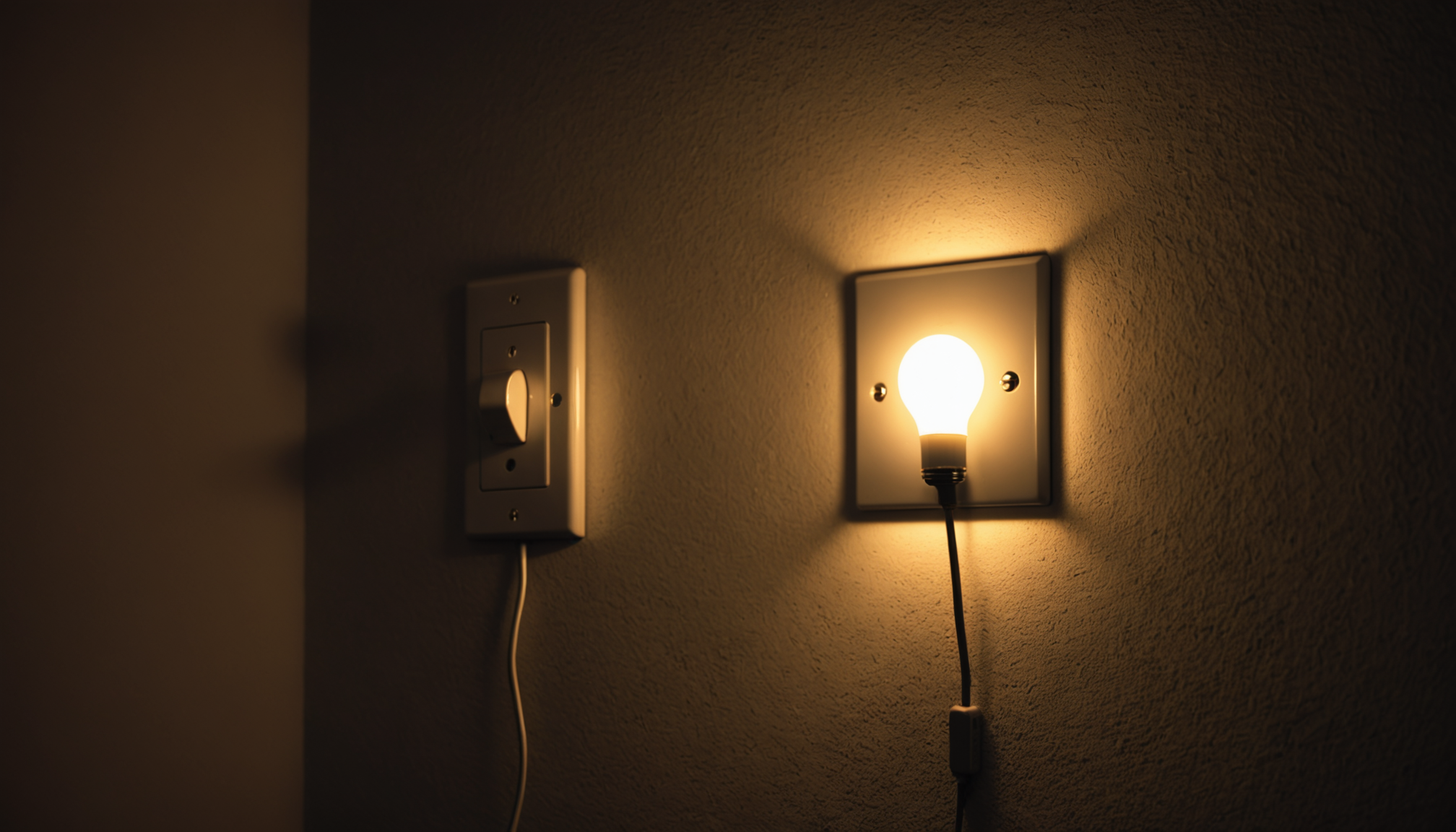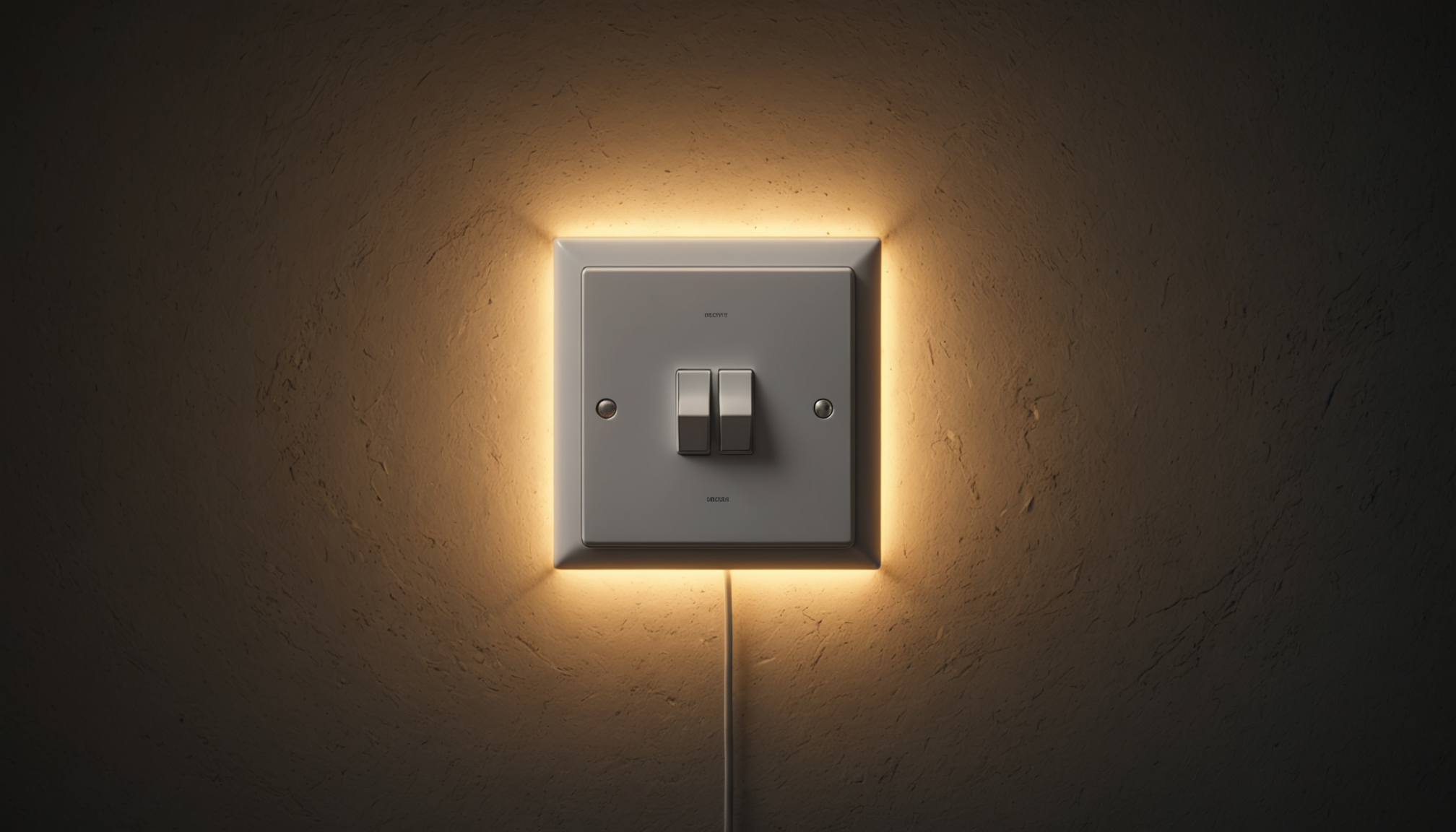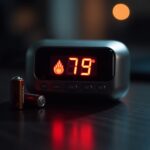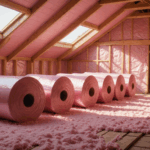Electrical troubleshooting often reveals several common wiring issues that can cause light switches to malfunction. Loose connections within the electrical box represent one of the most frequent problems, occurring when wires become disconnected or develop weak contact points over time. This can result in intermittent functionality or complete switch failure.
Hot, neutral, and ground wires must maintain proper connections to ensure reliable switch operation. When these connections deteriorate, you might notice symptoms such as:
- Flickering lights when the switch is in a specific position
- Buzzing or crackling sounds coming from the switch
- Warm or hot switch plates
- Delayed response when flipping the switch
Another significant wiring issue involves damaged or frayed wire insulation, which can create short circuits or pose serious safety hazards. Over time, wire insulation can break down due to heat, age, or physical damage from rodents or improper installation.
| Wiring Issue | Common Symptoms | Potential Risks |
| Loose Connections | Flickering lights, intermittent operation | Arcing, overheating |
| Damaged Insulation | Short circuits, switch failure | Fire hazard, shock risk |
| Reversed Polarity | Switch works backwards, inconsistent operation | Equipment damage, shock hazard |
Double-tapped wiring, where multiple wires are connected to a single terminal designed for only one wire, can also lead to faulty switches and unreliable operation. This improper wiring practice often occurs during DIY installations or rushed electrical work.
Aging wiring systems in older homes frequently experience deterioration of wire connections and insulation. Houses built before 1970 may have outdated wiring methods that don’t meet current electrical codes, potentially causing various switch-related problems. Regular inspection of your home’s wiring can help identify these issues before they become serious hazards.
Power supply problems
When electrical troubleshooting reveals faulty switches, the root cause often traces back to problems with the power supply. A consistent and stable electrical current is essential for proper switch operation, and various issues can disrupt this flow. Circuit breakers may trip repeatedly, indicating an overloaded circuit or more serious underlying problems.
Here are the steps to identify and diagnose power supply issues:
- Check if multiple switches or outlets are affected in the same area
- Test nearby outlets with a voltage tester
- Verify if the problem occurs on the same circuit
- Inspect your electrical panel for:
- Tripped circuit breakers
- Signs of corrosion or damage
- Unusual sounds or burning smells
- Monitor voltage fluctuations using a multimeter
- Normal reading should be between 110-120V
- Significant variations indicate power supply problems
Voltage drops can cause switches to work intermittently or not at all. This often occurs when too many devices draw power from the same circuit, causing wiring issues throughout the affected area. Modern homes typically require more electrical capacity than older wiring systems can provide, leading to inadequate power supply to switches and fixtures.
Signs of power supply problems include:
- Dimming lights when large appliances turn on
- Switches that feel “weak” or unresponsive
- Circuit breakers that trip frequently
- Electrical devices performing inconsistently
Homes with aluminum wiring, commonly installed between 1965 and 1973, are particularly susceptible to power supply issues due to the material’s tendency to expand and contract, potentially creating loose connections over time.
Faulty switch mechanisms
Internal switch mechanisms can deteriorate over time, leading to various operational issues that require electrical troubleshooting. The most common mechanical failures occur in the spring mechanism, which provides the distinctive “snap” action when toggling the switch. When this spring weakens, you’ll notice a mushy or inconsistent feel when operating the switch.
Several mechanical components within a switch can fail:
- Contact points that become pitted or corroded
- Toggle mechanisms that break or wear down
- Internal terminals that loosen over time
- Spring mechanisms that lose tension
One telltale sign of faulty switches is a visible darkening or scorching around the toggle plate, indicating internal arcing. This occurs when the contact points don’t make a clean connection, causing electricity to jump across the gap. Such arcing can lead to rapid deterioration of the switch mechanism and create potential fire hazards.
The type of switch also influences its durability and potential failure points:
| Switch Type | Common Issues | Expected Lifespan |
| Toggle Switch | Spring fatigue, contact wear | 15-20 years |
| Rocker Switch | Internal breakage, loose contacts | 10-15 years |
| Dimmer Switch | Electronic failure, heat damage | 8-12 years |
Environmental factors such as humidity, temperature fluctuations, and frequent use can accelerate switch deterioration. In areas with high moisture levels, internal switch components may corrode more quickly, leading to wiring issues and unreliable operation. Regular maintenance and prompt replacement of switches showing signs of wear can prevent more serious electrical problems from developing.
Poor installation and connections
Improper installation and loose connections represent major culprits behind faulty switches in residential settings. When switches aren’t installed according to manufacturer specifications or industry standards, various electrical problems can emerge. A thorough electrical troubleshooting process often reveals that many switch-related issues stem from rushed or amateur installation work.
Several installation errors commonly lead to switch failures:
• Overtightened wire connections that break conductor strands
• Insufficient wire stripping leaving insulation under terminal screws
• Reversed line and load connections
• Improper wire gauge selection for the circuit
• Loose ground wire connections
Poor connections within switch boxes frequently manifest as:
- Back-wired connections that loosen over time
- Improperly twisted wire nuts
- Oxidized or corroded terminal screws
- Loose mounting screws causing box movement
- Overcrowded wire boxes exceeding fill capacity
Temperature changes cause wires and metals to expand and contract, which can gradually loosen connections that weren’t properly secured during installation. These loose connections create resistance points that generate heat, potentially leading to more severe wiring issues.
Proper installation techniques include:
| Connection Type | Proper Method | Common Mistakes |
| Terminal Screws | Wire wrapped clockwise under screw | Wire wrapped counterclockwise |
| Wire Nuts | Pre-twisted wires, properly sized connector | Untwisted wires, wrong size connector |
| Push-in Terminals | Solid wire only, proper strip length | Using stranded wire, improper strip length |
Always ensure sufficient wire length in electrical boxes (at least 6 inches from box entry) and maintain proper box fill calculations to prevent overcrowding. When multiple switches share a box, careful attention to wire organization and proper connection methods becomes even more critical for preventing future electrical failures.
When to call an electrician
While some electrical issues can be safely diagnosed by homeowners, certain situations require immediate professional intervention. If you notice burned or melted switch plates, smell burning plastic, or hear buzzing sounds, contact a licensed electrician immediately. These symptoms often indicate serious underlying problems that could lead to fires or electrical shock hazards.
Professional electrical help is essential when:
• Multiple switches fail simultaneously
• Circuit breakers trip repeatedly after resetting
• Switches feel hot to the touch
• Sparks appear when operating switches
• Electrical shocks occur when touching switches
Certified electricians possess specialized tools and expertise to:
- Perform comprehensive circuit testing
- Identify hidden wiring issues behind walls
- Upgrade outdated electrical systems
- Ensure compliance with local electrical codes
- Install new circuits for heavy-load appliances
DIY electrical work can be dangerous and potentially illegal in many jurisdictions. Attempting to fix complex electrical problems without proper knowledge and tools often leads to more severe issues and safety hazards. Licensed electricians can properly diagnose faulty switches and resolve underlying problems while ensuring your home’s electrical system meets all safety standards.
Electrical troubleshooting is particularly crucial in these scenarios:
| Situation | Risk Level | Response Needed |
| Burning odors | High | Immediate professional service |
| Visible sparking | High | Emergency electrician |
| Multiple failing switches | Medium | Scheduled professional inspection |
Remember that electrical fires can develop rapidly, and faulty wiring is a leading cause of residential fires. When in doubt, it’s always safer to consult a professional rather than risk personal injury or property damage through DIY repairs.











